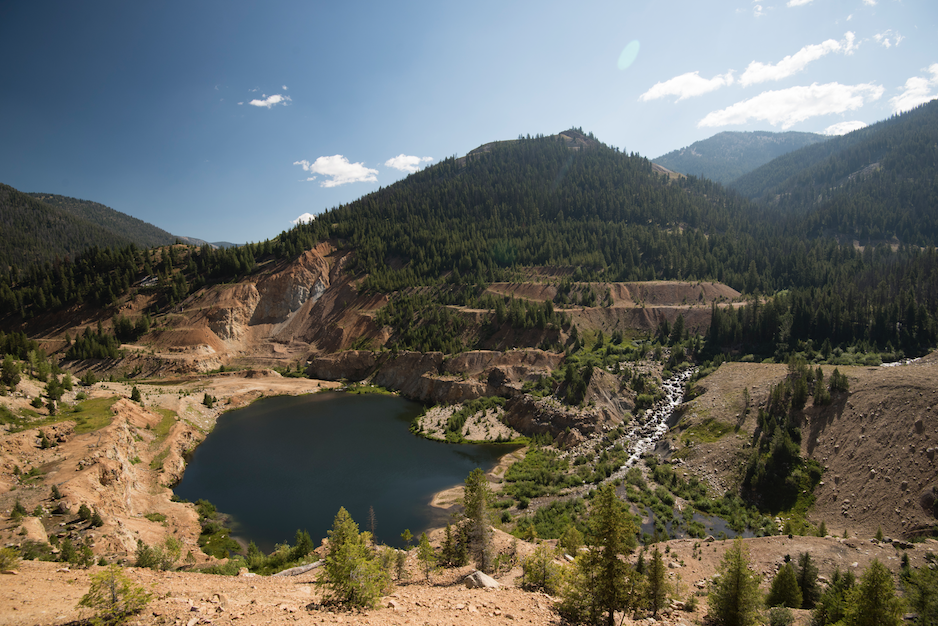Midas Gold Followup Case

Current Status:
Active
Date Filed:
Jan 2, 2014
Case Title:
Environmental Assessment for the Golden Meadow Exploration Project
Staff attorney(s):
Bryan Hurlbutt
Client(s):
To Protect:
Fish
Water
Idaho
Case Information:
January 7th, 2015 — For the third time now, the Forest Service has issued a Draft Environmental Assessment (EA) and proposes to approve Midas Gold’s three-year exploration plan at Idaho’s historic Stibnite mining site. Twice – in response to our pressure – the Forest Service has withdrawn EAs for Midas’s exploration, citing the need for additional analysis on water quality impacts from drilling at the contaminated site and from hauling large quantities of fuel and other supplies to the site through important watersheds for threatened fish species. Unfortunately, this third EA still falls short.
Midas hopes to someday build three open-pit gold mines at the site. For the next three years, Midas proposes drilling 178 exploration holes on the Payette National Forest, which would involve clearing 139 drill pads of vegetation, digging 120 waste sumps to hold drill fluids and cuttings, and withdrawing water from streams at the site. To support these operations, Midas proposes hauling three million gallons of fuel to the site on narrow, windy, steep, and mostly unpaved roads for many miles, year-round and including during winter when roads can be treacherous.Advocates for the West worked with the Idaho Conservation League (ICL) to submit comments on the Draft EA on January 2, 2015. The comments highlight our ongoing concerns with the Forest Service’s handling of the project, including that the Forest Service still insists on preparing an EA instead of a full Environmental Impact Statement to evaluate this complex, large-scale project. Also, the Forest Service still refuses to consider any alternative plans that would scale back or modify Midas’s proposal and reduce the environmental impacts.
ICL’s comments also raise many new concerns. For example, while the Draft EA added an evaluation of sediment delivery to streams caused by Midas’s repeated vehicle trips to and from the site, the Forest Service grossly undercounted the number of daily trips. Midas proposed making up to 40 vehicle trips to the site daily, but the Forest Service evaluated the impacts of only 4 trips per day.Also, the Forest Service has designated the South Fork Salmon River as eligible for listing under the Wild and Scenic Rivers Act because it “represents a premier example of a river with outstandingly remarkable recreational, scenic, geological, cultural, botanical and fisheries values.” But the Forest Service proposes to allow Midas to haul fuel along the South Fork regularly every winter in large convoys, using 4,000 gallon trucks without conducting a suitability study as is required by the Forest Plan for the Payette National Forest.

